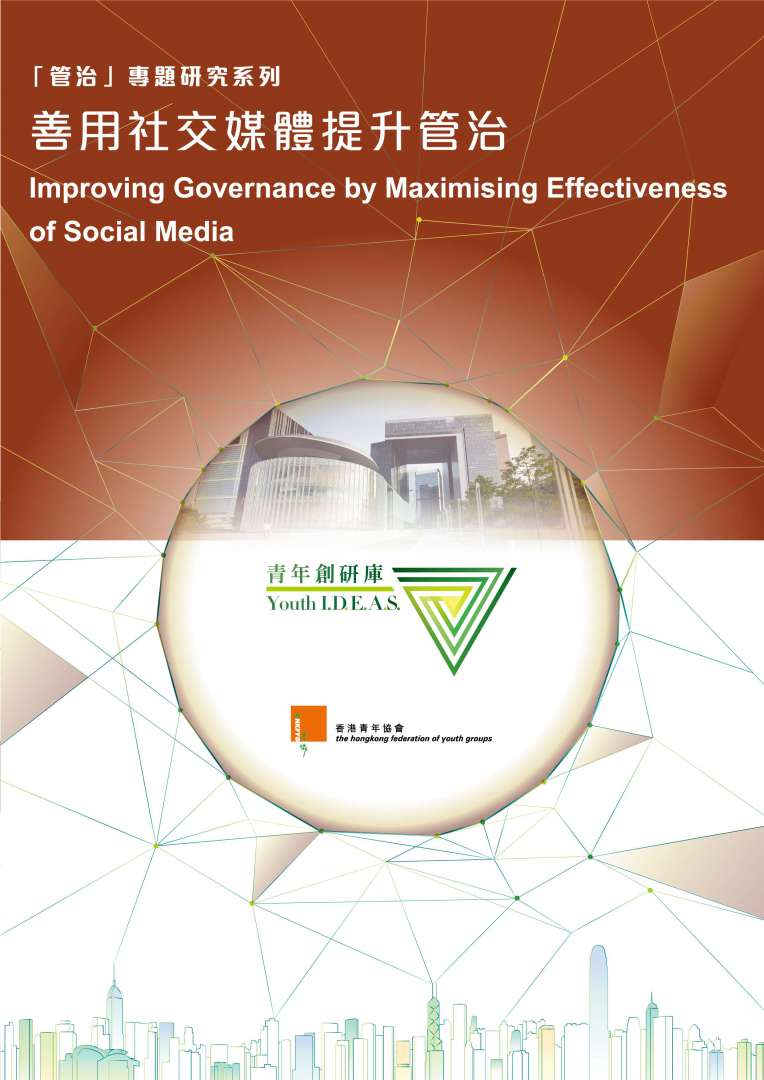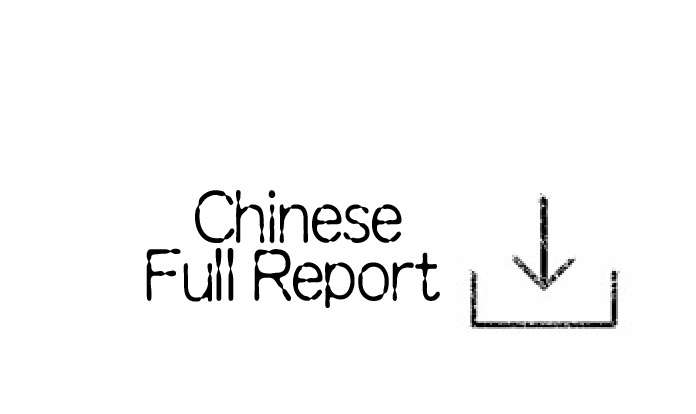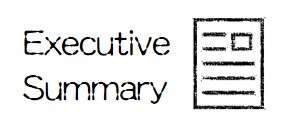Improving Governance by Maximising Effectiveness of Social Media
Youth I.D.E.A.S. 49
Governance
Improving Governance by Maximising Effectiveness of Social Media
26 April, 2020

In 2019, an estimated 2.8 billion people were using social media worldwide[1]. The three most popular social media platforms were Facebook, YouTube and WhatsApp[2]. In Hong Kong, there are currently 5.8 million active social media users, representing around 78% of the population[3].
It is generally believed that social media provides a tool for governments to disseminate public and policies-related information, as well as to facilitate interaction with citizens. From the perspectives of policy explanation and public connection, using social media effectively might enable better governance.
There are many examples as to how the Hong Kong SAR Government (HKSARG) uses social media. One important development was in 2008 when the Policy Address mentioned the intention of developing online media platforms for the collection of public opinion. Another notable example was in 2018 when the Government introduced social media as an additional channel to collect views during the Policy Address consultation exercise.
The HKSARG’s performance on social media, however, has always been criticized. Worse still, its posts tend to elicit negative rather than positive comments. The ability of the Government to use social media to gauge public sentiment and deal with emergencies during the recent social events has caused public concern as well.
The HKSARG has used social media for ten years. It is timely to examine the performance of the Government in this area, and explore what changes could be made to help improve its governance.
In conducting this research, data was collected between February and April 2020 through: overseas literature reviews on related areas; an on-line survey of 1,028 members of the Hong Kong Federation of Youth Groups (aged 15-34); and exclusive research interviews with 4 academics and experts.
Discussion
- The HKSARG should be proactive and open-minded towards using social media to take full advantage of its role in governance.
- The HKSARG lacks a whole strategy in using social media. Improvements should be made to the Government’s social media presence and transparency in the overall performance of the pages.2.1 The information about the Government’s social media presence is not sufficient enough.
2.2 The transparency of the overall performance of pages is not satisfactory.
- The HKSARG needs to put the characteristics of interactivity and responsiveness of social media into practice to improve the quality of its public opinion absorption and policy explanation.3.1 Nearly a third (29.2%) of respondents might express more opinions if the Government used social media more effectively. Yet, the Government received a low performance rating for not being able to ascertain public sentiment on social media.
3.2 Government posts on social media relating to labour, welfare, housing and education were among those which respondents were most concerned and thought that the Government did not perform well in explaining its policies.
- The Government is inefficient when it comes to dispelling rumours or disseminating facts via social media. Respondents had reservations regarding the performance of the Government in clarifying disinformation on social media.
- The approval rating of the HKSARG has been low in recent years. Social media has become one of the platforms where people vent their discontent towards the Government. The Government should get serious about its governance performance to rebuild public trust.
Recommendation
- Review and develop a strategy on the HKSARG’s social media use to enhance its role in governance.
- Provide a one-stop information portal of the names of the account or pages that government bureaux and departments have set up on social media. This will make it more convenient for the public, and facilitate connections between the Government and the public.
- Strengthen the interactive elements of the HKSARG’s pages on social media to make them more lively and dynamic.
- Arrange more specific posts and job placement to improve the quality of the pages’ management.
- Keep on delivering information with solid data and facts on social media as the foundation to rebuild public trust in the long term.
[1] Statista. (2019). Number of social network users worldwide from 2010 to 2021.
[2] Statista. (2019). Most popular social networks worldwide as of October 2019, ranked by number of active users.
[3] We Are Social & Hootsuite. (2019). Digital 2019: Global Digital Overview.




